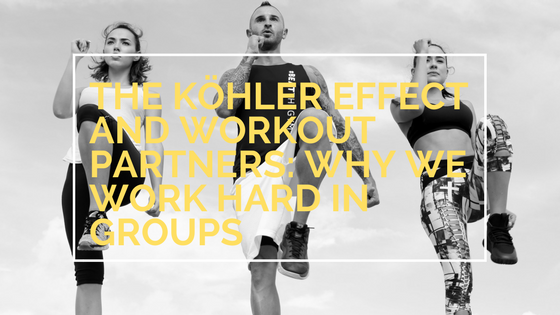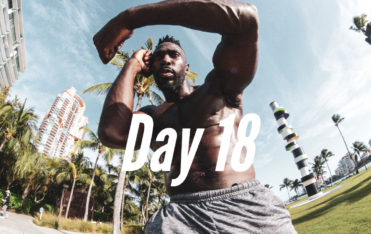Solitary exercise can be a miserable pursuit, and for many, it’s entirely ineffective. There’s something about teamwork that makes people try harder and persevere longer. This tendency is explained by the Köhler effect, a theory intended to clarify the impact social environments have on motivation.
According to the Köhler effect, people are most motivated when they’re part of a group — particularly if they deem themselves the weakest link. Call it peer pressure or embarrassment, but the Köhler effect clearly influences how people perform when they’re determined to not let their teammates down.
History of the Köhler Effect
Discovered by German psychologist Otto Köhler during the 1920s, the Köhler effect was first employed in hopes of explaining why groups persisted longer than individuals working on their own. The effect was explored in a weight lifting experiment, in which members of a local rowing club were asked to perform standing curls with 97-pound dumbbells as long as they could. When performed in groups, the exercise was done with a bar weighing two or three times as much as the standard dumbbell, depending on how many people were involved in the experiment.
The study ultimately revealed that the weakest member of each group could persist far longer when performing standing curls with others than while executing the exercise alone.
Rediscovery of Köhler’s Experiment
Köhler’s findings were largely forgotten for six decades. In 1989, Erich Witte stumbled upon the experiment and replicated it for tasks involving not only physical exertion, but also basic computation. Further experimentation has delved into the impact of the Köhler effect among mixed-gender groups or when somebody in a “competing” group is brought into the effort. A notable 2011 study found that even a virtual workout partner could motivate participants to work harder, so long as that virtual partner’s performance was superior.
Applying the Köhler Effect to Exercise
Exercising alone is a struggle; there’s nobody to distract you from your discomfort and nobody to hold you accountable when you’re about to give up. When you work with a partner or as part of a group, however, you feel the pressure to keep going — particularly if the other individuals in the group are stronger or more physically fit than you are. It stands to reason, then, that the best way to motivate yourself is to join a team working hard towards a common goal. Even if there are no stakes and you don’t feel closely attached to your fellow fitness enthusiasts, their mere presence should motivate you to work harder than you would on your own.
If motivation stands between you and a healthy exercise routine, the solution may be a greater emphasis on social exercise. Whether you buddy up with a workout partner, seek the assistance of a personal trainer, or join a class or team effort, you can benefit from applying the Köhler effect to your exercise regimen.
Source
https://www.britannica.com/topic/Kohler-effect
https://www.ncbi.nlm.nih.gov/pubmed/21808077




MOST COMMENTED